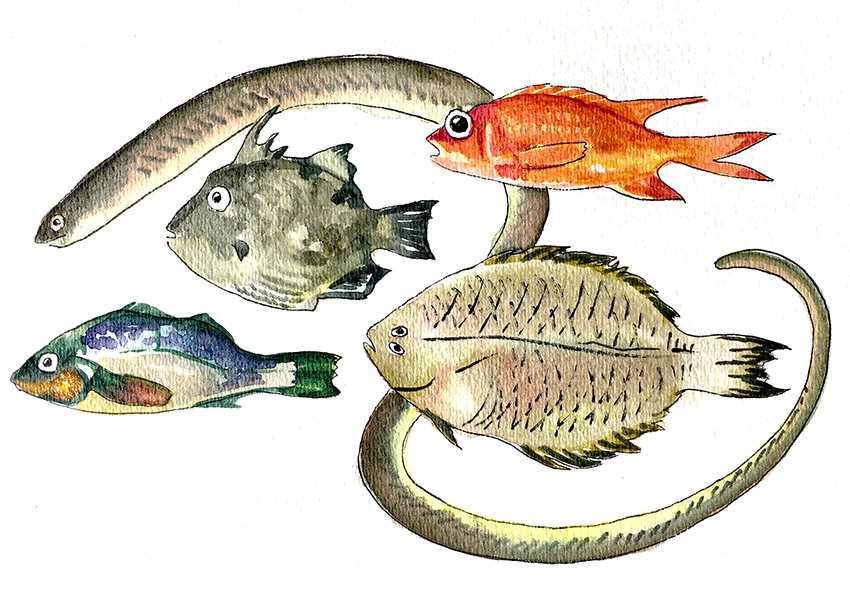True to its name, the Fishes of Texas project aims to introduce UT researchers to the wide world of scaly creatures swimming in the Lone Star State.
The goal of the project, which is housed at the Pickle Research Campus, is to collect and document all known fish species in the state of Texas. It’s continually updated by the Hendrickson Lab, led by curator Dean Hendrickson.
The project, which started in the 1950s, will soon include an online database that can be easily accessed and features a physical ichthyology — or fish — collection, available at the research center.
“More and more, I find myself learning about data management, web publishing and bioinformatics, as I work to make the data about the specimens I curate and the Fishes of Texas database useful to others,” Hendrickson said in his lab biography.
The database contains information on when, where and how the fish were collected. According to Gary Garret, research biologist in the Hendrickson Lab and former Texas Parks and Wildlife employee, this data could be useful in determining where to focus conservation efforts.
“A lot of our native fishes don’t quite have the range they did at one time,” Garret said. “Parks and Wildlife is using (the database) to help identify some of the last strongholds in the state for native fishes, where the best areas for them are, or where the best areas are for them to be restored and where conservation should take place.”
Ichthyology collection manager Adam Cohen said reservoirs that block rivers pose a major problem for fishes that need long flows of river to complete their lifecycles.
The group has also done research on Barton Springs and its biodiversity, according a June 2015 paper published by the group in Environmental Management. Using the data from the Fishes of Texas project, the researchers were able to predict what species should be currently present and found Barton Springs had a lower level of biodiversity than predicted.
“Yes, we have definitely noticed declines in fish diversity in Texas,” Cohen said. “Reservoirs are a big part of it, but it’s probably many factors: human development, changes in flow regime, overfishing in some cases and pumping of water (especially in West Texas).”
According to Garret, the Fishes of Texas project includes every Texas fish collected by UT researchers since the 1950s. Data comes from collecting trips done by the lab and information from past researchers and museums all over the world. The fish are also georeferenced, making it possible to find where each fish was collected on a map.
“The purpose of (the project) is to become a one-stop shop for everything about Texas fishes,” Garret said. “It could be used by researchers, resource management agencies, like Texas Parks and Wildlife, the general public (and) public schools.”
The physical ichthyology collection contains more than 1 million fish specimens preserved in jars of alcohol, according to the ichthyology collection website.
Cohen said different fish have been studied at different levels, from fish simply preserved in alcohol to others undergoing genotyping.
“Most of the specimens that end up in the collections are collected by researchers or Parks and Wildlife, and they all have different preservation histories,” Cohen said.
According to Garret, having the collection is vital to verifying the presence of a fish species at a certain place and time period.
“A lot of people understand, and some don’t, that it’s very important to actually have that fish preserved in a jar,” Garret said. “It’s useful for research; it’s been used in lawsuits and to make determinations on endangered species status.”















